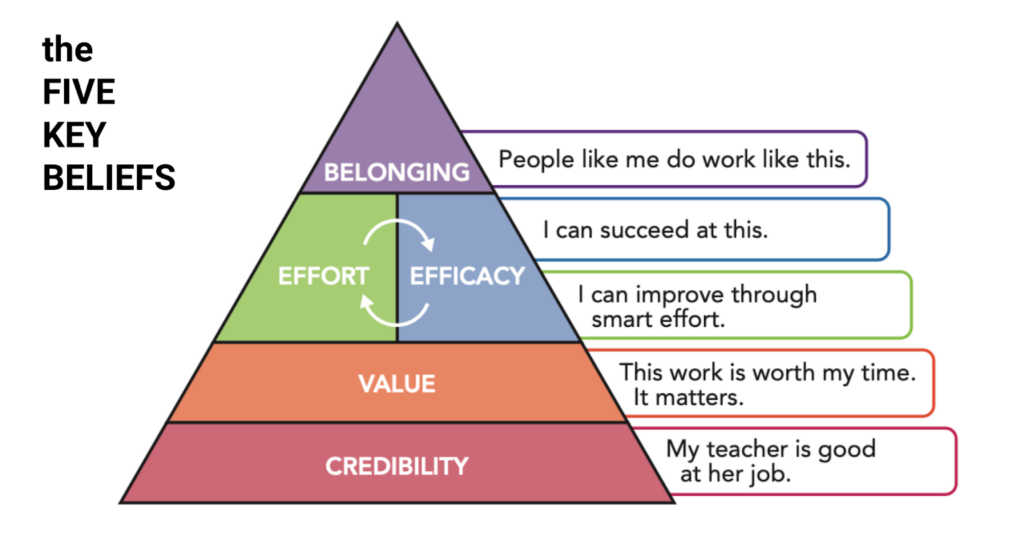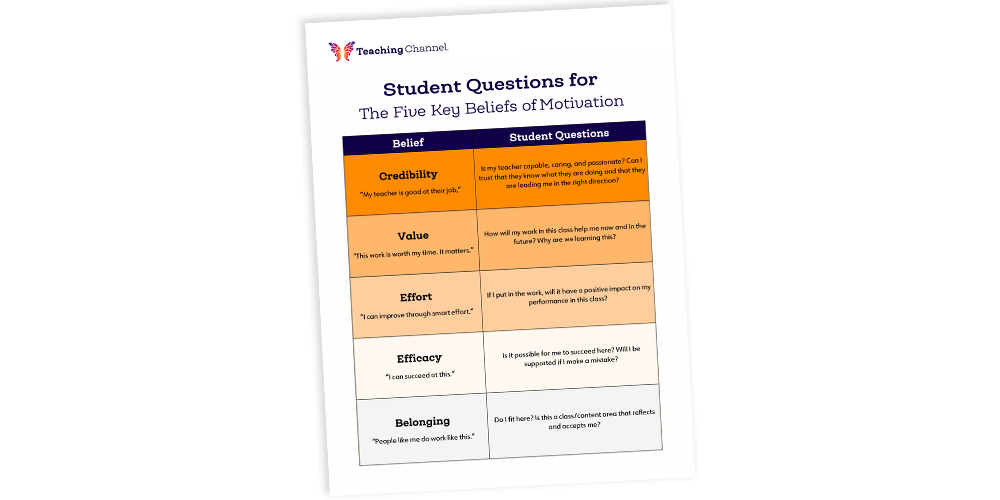When I was in my teacher licensure program, I remember the day we “learned” how to motivate students. As my cohort members and I struggled our way through student teaching, we wanted to know how to get students to not only do the work, but to be excited about it. I will never forget the deadpan answer my professor gave:
Make your content exciting.
Could it really be that simple?
In case you don’t already know, the answer to this question is an emphatic NO, but for a while, I convinced myself that it was. Walk by my middle school language arts classroom on any given day and you would find students playing “text evidence Bingo” with neon-colored boards, or hear “Call Me Maybe” by Carly Rae Jepsen blasting on my computer speakers while students played musical chairs—partner discussion style! There were always candy wrappers scattered on the floor—prizes for our vocab charades game—or a “special guest visitor” in class (me dressed up as a character from our current book). If motivation was as simple as making my content exciting, my students would have all had an A++.
Yet, I still had students who refused to participate—heads down on their desks or fingers secretly playing a game on their iPads, in spite of the carnival-style lesson plan happening around them. Clearly, motivation wasn’t just about exciting content.
Dave Stuart’s model for motivation called “The Five Key Beliefs,” made me feel like I could finally exhale and stop working on the lyrics for my “Analogies Rap.” Motivation, Stuart says, is not one-dimensional; it is a malleable fusion of a variety of components, all of which focus less on the zippiness of the activities and more on student’s beliefs about learning.

Each belief focuses on one value that impacts students’ motivation to not only do the work, but care about it. To help students process what each belief means you might share the following questions with them:

The Five Key Beliefs are both liberating and a little bit scary because they tell us that we can’t hide behind the theatrics of our lessons; we must do the hard work of building relationships, clearly articulating the relevance of our coursework, and providing clear and effective support when students need it. Otherwise, when the candy prizes and the flashing lights disappear, students will lose interest quickly and we will realize that our pursuit of excitement missed the opportunity to do the quieter, but more sustainable, work of supporting students in their journey of seeing themselves as learners who belong.
I wish I could go back in time and tell my younger teacher-self that student motivation is a lot more complex than a fun lesson. It would have saved me a lot of time turning every lesson into a dog and pony show, and would have expanded my ideology for engaging students. The students with their heads down on their desk don’t dislike fun, but they have a multifaceted relationship with learning beyond the fun. And my role as a teacher is much more nuanced than games, music, and bright colors—although a little glitter never hurt anyone.
Interested in learning more about ways to find the balance between classroom fun and authentic engagement? Check out our course 5289: Motivate, Celebrate, and Innovate with Secondary ELA Instruction which dives deeper into the concept of student motivation, including strategies for establishing credibility, trust, and connection with secondary students. *Glitter sold separately*
About the Author

Julie Kuntz is a Professional Learning Specialist at Teaching Channel. She holds a B.A. in English and a Master’s in Education. Utilizing her background as a Middle School ELA Teacher, Julie writes courses and content. Her specialty includes fostering equity in schools.
Fun Fact: Julie and her husband own a custom home renovation company, Custom by Kuntz!






